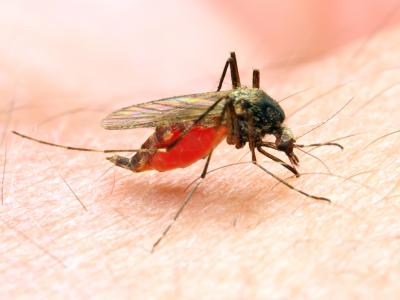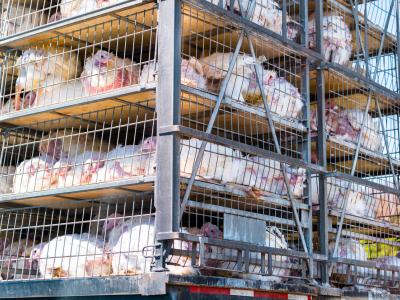High antimicrobial use observed in NYC hospitals in first pandemic year
A study of three hospitals in New York City found that antimicrobial use in COVID-19 patients during the first year of the pandemic far exceeded the incidence of coinfections, researchers reported today in Antimicrobial Stewardship & Healthcare Epidemiology.
The study, conducted at three tertiary-care hospitals, found that, among 7,209 patients (median age, 65 years) admitted with a confirmed COVID-19 infection from Jan 1, 2020, to Feb 1, 2021, 663 (9.2%) had a positive culture from the respiratory tract or blood sometime during their initial hospitalization. Positive respiratory cultures were found in 449 patients (6.2%), and blood culture positivity occurred in 334 (4.6%). Staphylococcus aureus was among the most common pathogens isolated from both blood and respiratory cultures.
Despite the low incidence of coinfections, antimicrobials were administered to 5,056 patients, or 70.1%, with a median of 6 antimicrobial days per patient. Third-generation cephalosporins the most frequently used antimicrobial agent (3,311 patients, 45.9%), followed by azithromycin (3,130 patients, 43.4%). A higher proportion of patients received antimicrobials in the first wave of the pandemic compared with the later period (82.4% vs 52%). Infection-free survival decreased over the course of hospitalization.
"With the COVID-19 pandemic continuing to significantly affect various parts of the world, resource utilization and overuse of antimicrobials warrant continued focus," the study authors wrote. "Our data, obtained through the period of peak COVID-19 activity in New York City, may be used to guide the process of diagnostic decision making, optimizing resource utilization, and antimicrobial stewardship."
May 10 Antimicrob Steward Healthc Epidemiol study
Several states report more avian flu in poultry and wild birds
In its updates on highly pathogenic avian flu in poultry flocks, the US Department of Agriculture (USDA) Animal and Plant Health Inspection Service (APHIS) reported outbreaks in six more states, mostly involving backyard birds.
In the Midwest, Michigan and Minnesota reported more outbreaks in backyard birds, Michigan's in Oakland County near Detroit and Minnesota's in Anoka County near the Twin Cities. Also, Wisconsin reported an outbreak at a commercial turkey farm that houses 20,100 birds in Barron County in the western part of the state.
In the western United States, Idaho and Montana also reported new outbreaks in backyard birds, Idaho's in Canyon County near Nampa and Montana's in Fergus County in the central part of the state. The USDA also noted Washington's second outbreak, which the state had earlier reported. So far, the ongoing outbreak activity has led to the loss of 37.5 million birds across 34 states, affecting nearly 292 poultry flocks.
Meanwhile, APHIS also reported 77 more H5N1 detections in wild birds, raising the total to 1,112. Most are from Wyoming, North Dakota, Montana, and Colorado. However, there are a few from eastern states, including Florida, Maryland, and New York.
USDA APHIS poultry avian flu update
USDA APHIS wild bird avian flu update
At the global level, avian flu outbreak activity is declining, but outbreaks persist in some parts of the world, according to the latest update from the World Organisation for Animal Health (OIE), which covers most of April.
During the reporting period, 128 new poultry outbreaks were reported by 12 countries, which include Bulgaria, Canada, Germany, Hungary, Japan, South Korea, Mexico, Netherlands, Nigeria, Poland, United Kingdom, and the United States. Poultry losses were significant in the Americas during the latest outbreaks.
The OIE said continuing reports of infected wild birds and the first detection of H3N8 in a human, reported from China, are a reminder that countries should maintain surveillance and biosecurity practices. It said the H3N8 virus found in China's human case is a low pathogenic avian flu reassortant of viruses that had previously been detected in poultry and other birds.
May 2 OIE avian flu situation report














